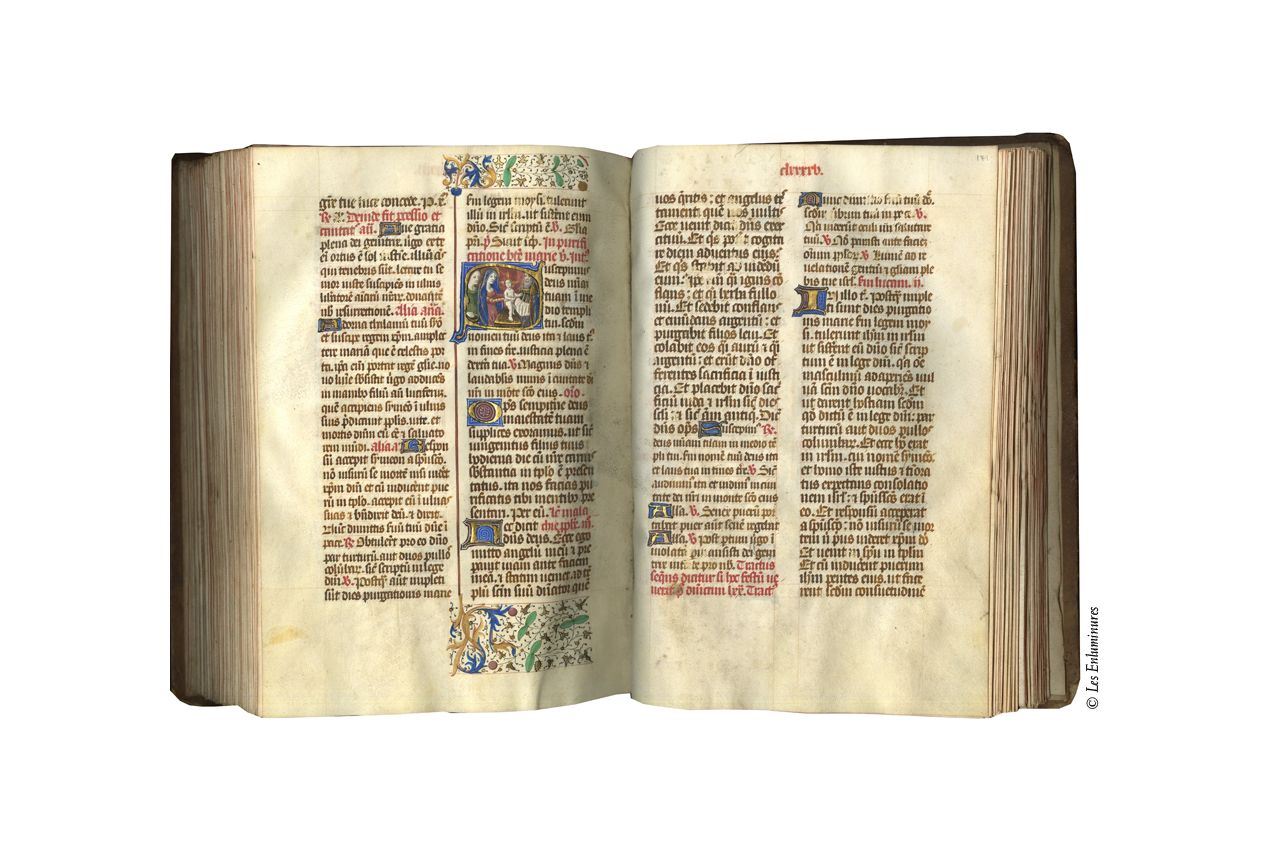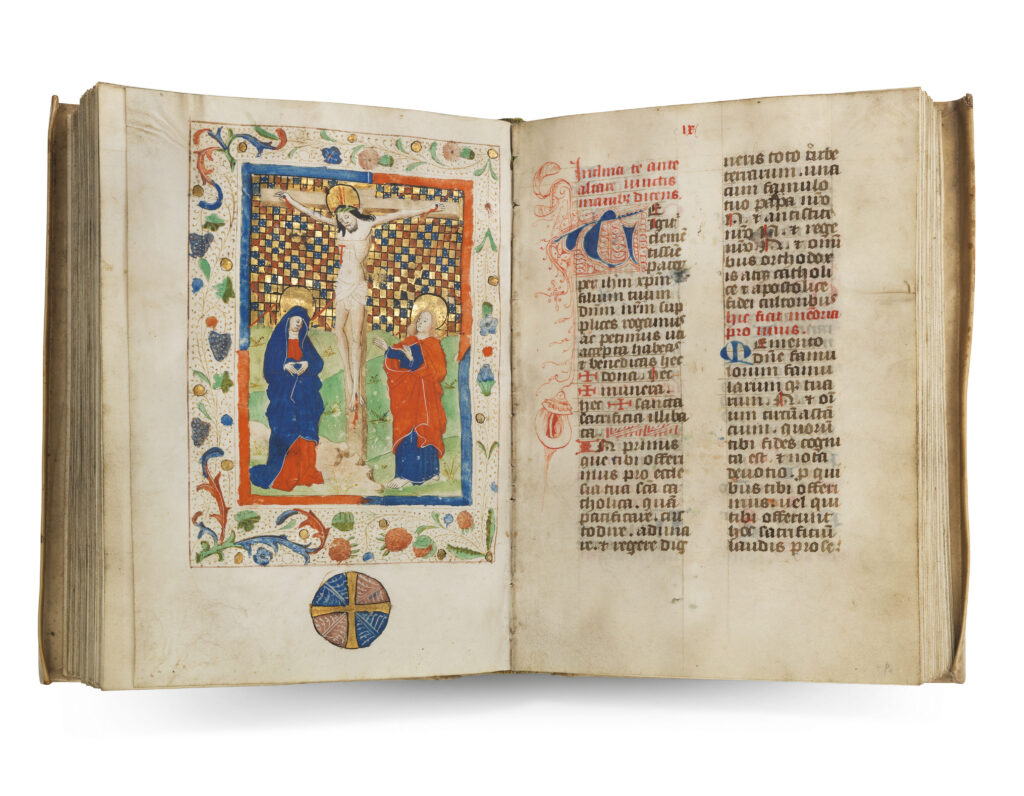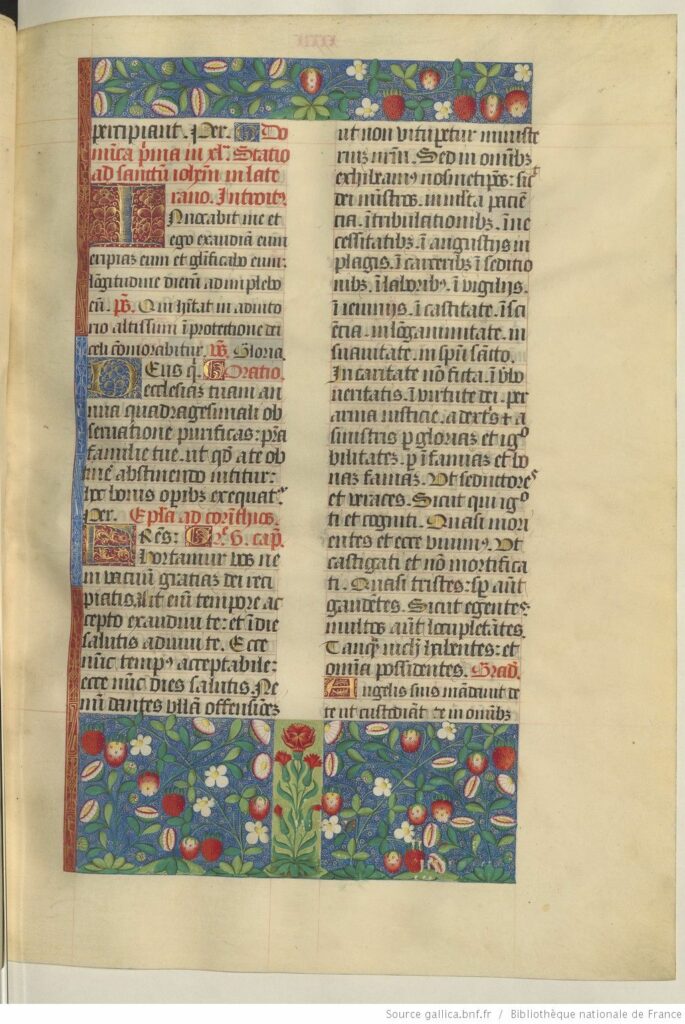Traditionis custodes: what merit ?
Monachus mbi | Posted on |


The motu proprio of July 16, 2021, is titled Traditionis Custodes, “guardians of Tradition,” by an ironic and contemptuous misnomer against those who are rightly attached to the holy liturgical Tradition. Pope Francis decided that this Tradition would no longer be a “faculty” granted (1), but only a tolerance, while Benedict XVI had reaffirmed it as a right “never legally abrogated”. So only the new Mass of Paul VI would have “right of citation” in the Church. In the face of this counter-truth and grave impiety on the part of the Supreme Leader of the Church who nevertheless advocates mercy, we associate ourselves with the lack of understanding, pain and respectful but firm protest of many priests and faithful.
As for our community, the bishop of the diocese informed us that he respected and approved our right as defined in our “Declarations on the Rule” ratified by Rome (2). We remember with gratitude the words of praise he uttered publicly at the inauguration of our monastery on August 24, 2019 (3):
« As I have already had occasion to say, it is with joy and gratitude that I welcome this community in our diocese as a gift from the Lord; it is a small group of monks devoted to the Lord and prayer, I hope their number will grow, and the religious life of the monastery will develop. Benedictine monks devoted their lives to prayer, study and manual labor in an atmosphere of peace, silence and charity. This church must be open to all who wish to join in prayer. Masses will be celebrated in Gregorian chant and according to the traditional rite. I believe that their presence in our diocese, with their characteristic of being guardians and witnesses to the oldest tradition of the Church, can do good to all the faithful of our diocese. And most of all, I’m happy to have a place of prayer here and a point of reference for people who want spiritual advice and to approach the sacrament of confession, or who just want to find a place of peace to pray. »
We carry in our hearts and prayer the deep sorrow of all who feel hurt and as if rejected by the one who is called the common Father of all the faithful, but we keep with them the Hope that God will one day let Liturgical tradition triumph, it is the best guarantor of the purest Catholic faith and the highest holiness.
Notes:
1 In using the term faculty, the document seems to deny the existence of a right. Yet a right necessarily implies the subjective faculty of using it or not. A right is the attribution of a just thing to a person, the faculty is the subjective power conferred by that same right. In all legal rigor, a faculty can only be taken away by removing the corresponding right. So the fundamental question is whether or not the Liturgical Tradition is a right. The latter was not granted by St. Pius V, but recognized as such by him. For the Liturgical Tradition is an integral part of the Apostolic Tradition over which the Pope has no power but to promote and preserve it without alteration.
2 « Monastic life consecrated entirely to the Immaculate Heart of Mary, lived according to the Rule of St. Benedict and the customs bequeathed by our elders, divine service and liturgy of the Mass, celebrated as its own rite both outside and outside interior of the monastery, according to [the rite] more than a millennium and “never repealed” of the Holy Roman Church, in its Latin language and Gregorian chant: these are the sources that gave birth to the community of Villatalla [today at Taggia] and constitute its raison d’être. »
3 Words uttered in an interview by local Riviera Time TV.
